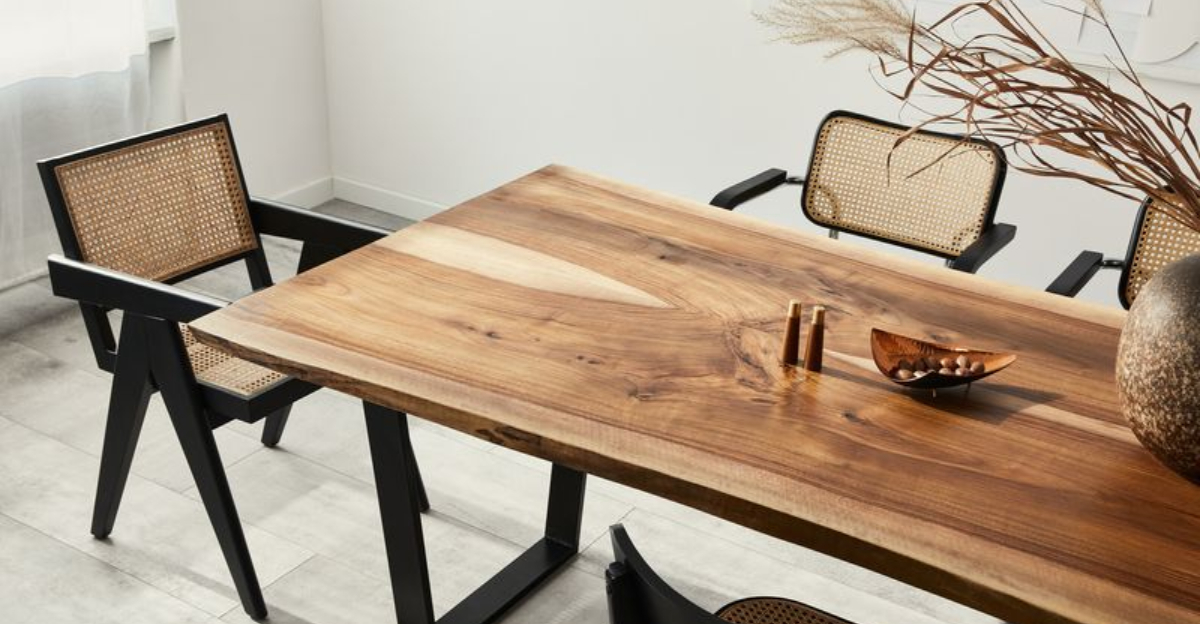The formal dining room, once the crown jewel of American homes, is facing a modern revolution. Designers are questioning whether these spaces still deserve their square footage in today’s fast-paced, casual lifestyle.
From changing eating habits to work-from-home needs, the traditional dining room is being reimagined in ways our grandparents would barely recognize.
1. Dust Collectors Anonymous
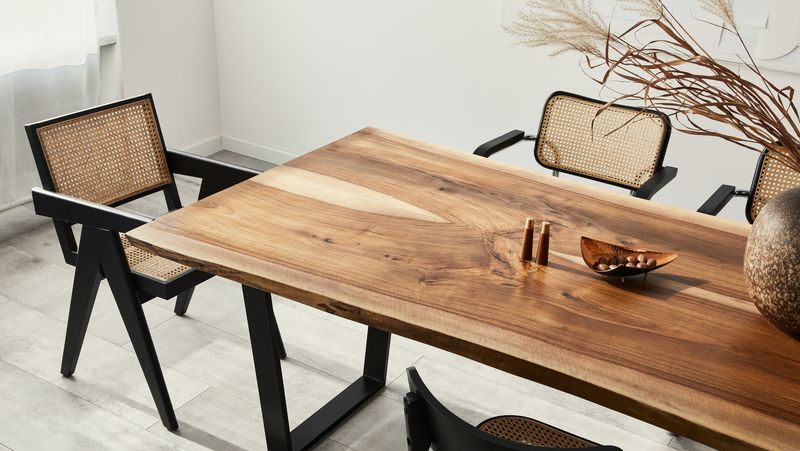
Those mahogany tables and matching chairs aren’t just furniture—they’re sophisticated dust magnets. Most families use their formal dining rooms a whopping three times a year, making them essentially expensive storage for holiday dinners.
Meanwhile, the daily dining happens around kitchen islands and coffee tables, where life actually unfolds. Why maintain a museum to meals past?
2. Kitchen Islands Stole the Show
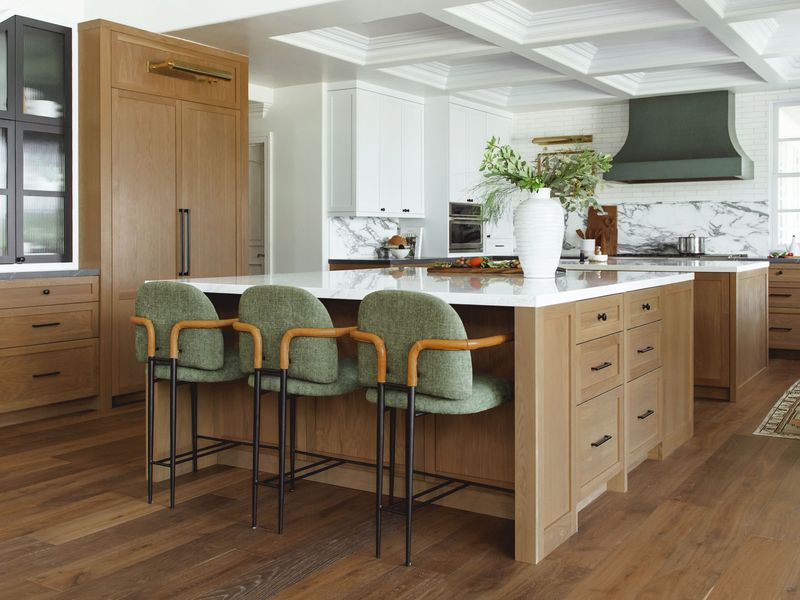
Marble-topped kitchen islands have staged a coup against formal dining tables. With comfortable bar stools and pendant lighting, these central hubs offer casual elegance without the stuffiness.
Families gather naturally where food is prepared, making islands the heart of genuine connection. The conversation flows easier when someone can stir the pasta while maintaining eye contact.
3. WFH Killed the Dining Star
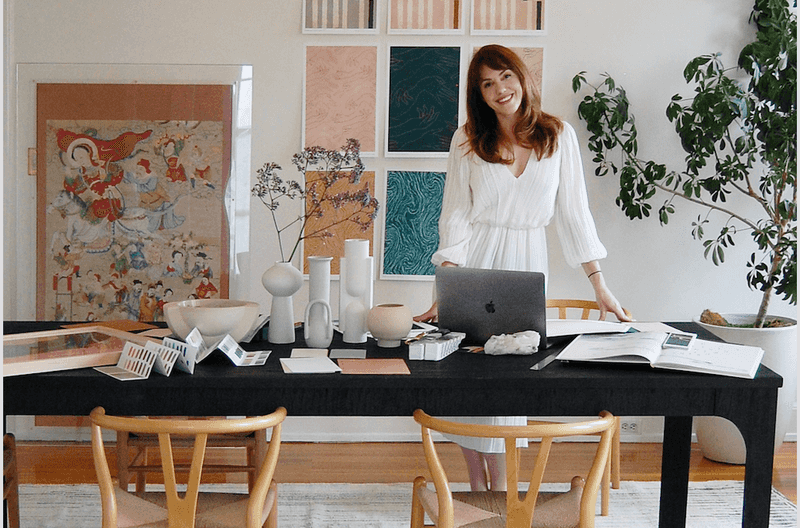
Remote work transformed dining tables into makeshift offices overnight. When your spreadsheets share space with potential spaghetti stains, something’s gotta give.
Smart homeowners realized those rarely-used dining rooms make perfect home offices with minor tweaks. A room used 40 hours weekly beats one used twice yearly. The pandemic didn’t create this trend—it just accelerated our acceptance of what we already knew.
4. Nobody’s Polishing Silver Anymore
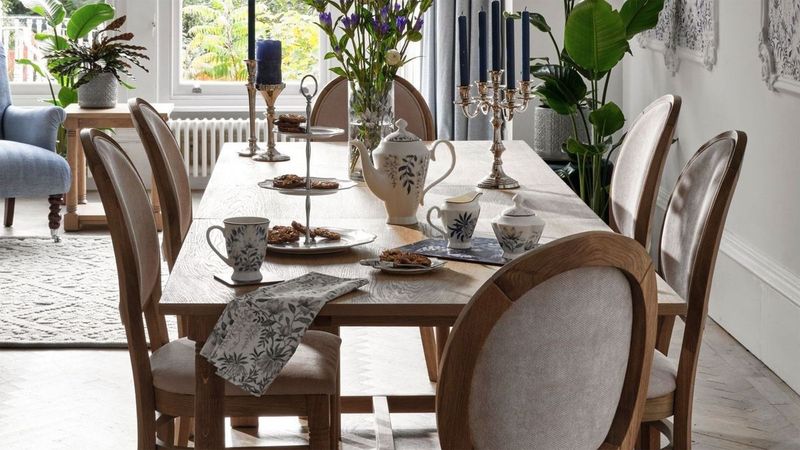
Remember when women spent hours polishing silverware before company arrived? Neither does anyone under 40. The ritual maintenance of formal dining spaces—ironing tablecloths, arranging flowers, polishing serving pieces—has vanished from modern life.
Today’s hosts want effortless entertaining without the Victorian-era labor. Paper napkins aren’t just convenient; they’re a rebellion against hours of domestic drudgery.
5. Open Concept Won’t Go Back in the Box
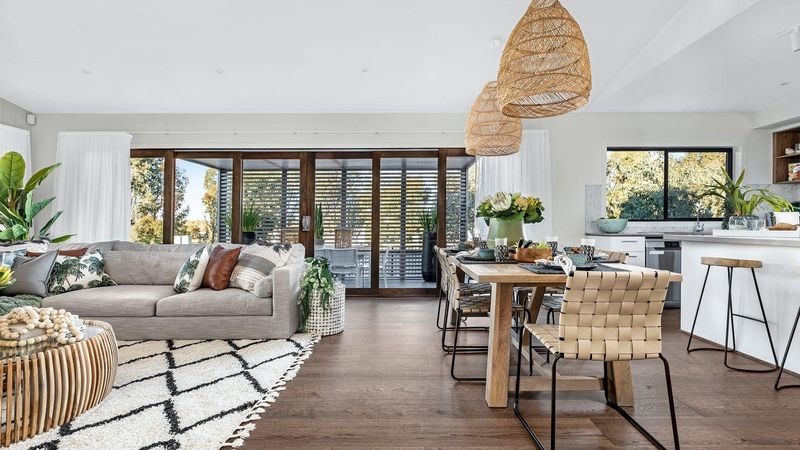
Wall demolition day became America’s favorite home renovation moment. Once homeowners experienced the liberation of open-concept living, those boxy, closed-off dining rooms seemed claustrophobic relics.
Modern entertaining happens in flow, not compartments. Guests mingle between kitchen, living areas, and outdoor spaces. Conversation and connection thrive when walls don’t interrupt the energy of gatherings.
6. Multi-Function or Bust
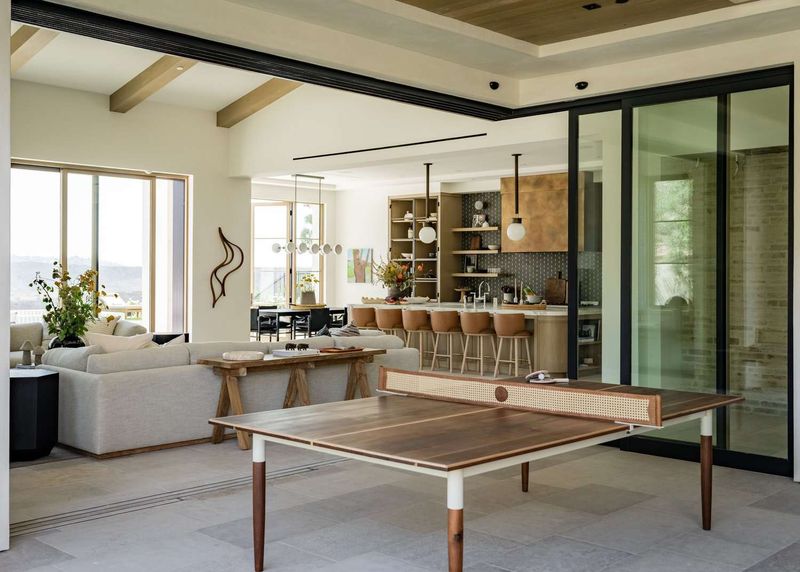
Single-use rooms feel like luxury cars that never leave the garage—beautiful but wasteful. Today’s homeowners demand spaces that earn their square footage through multiple functions.
A dining room that transforms into a homework station, game night headquarters, or crafting space justifies its existence. The pandemic taught us harsh lessons about wasted space, and we’re not unlearning them just because Grandma’s china needs somewhere to live.
7. Netflix and Microwave
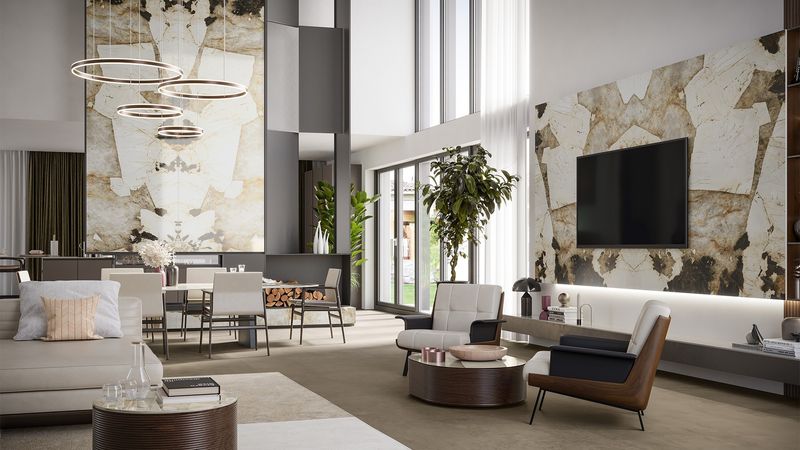
Family dinners haven’t disappeared—they’ve relocated to the sectional. With streaming entertainment as the evening’s main event, meals migrate to where the viewing happens.
Balancing plates on laps while watching the latest series has become today’s family bonding ritual. Dining rooms sit empty while sofas witness both conversation and consumption. The formal dining experience can’t compete with comfort and entertainment.
8. Breakfast Nooks Bring the Cozy
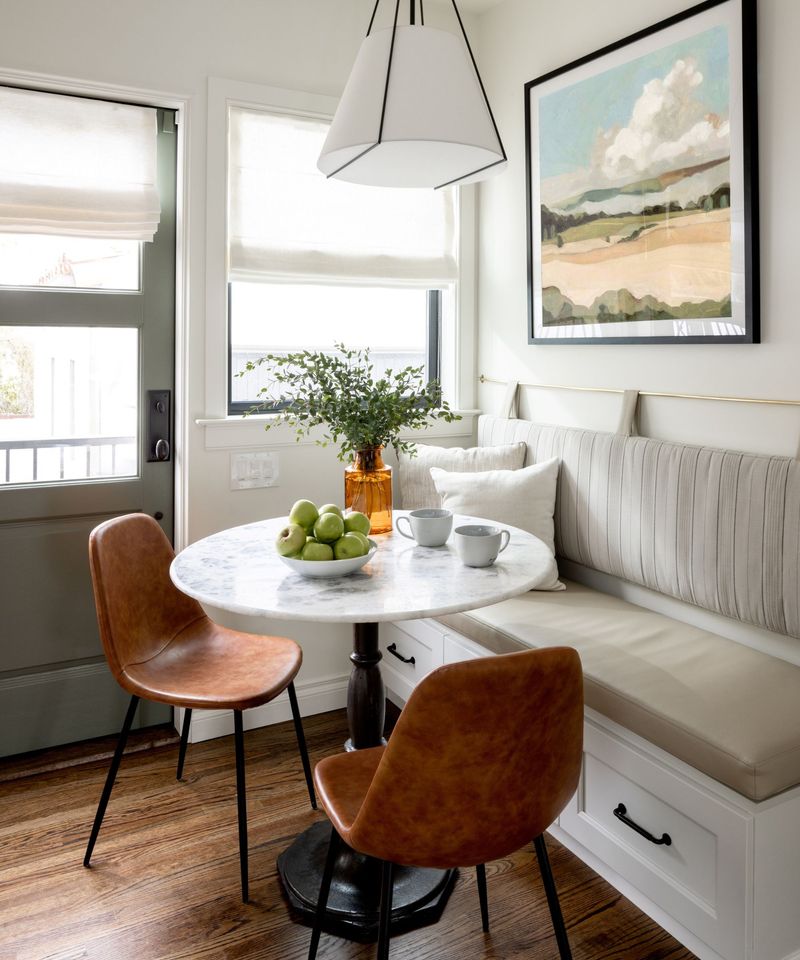
Sunlit breakfast nooks with banquette seating have charmed their way into our hearts, making formal dining rooms seem cold and distant by comparison. These intimate spaces encourage lingering conversations over coffee.
The psychological comfort of built-in seating creates a restaurant booth feeling at home. Designers report clients requesting nooks over formal dining rooms at stunning rates—informal doesn’t mean unintentional.
9. Real Estate Reality Check
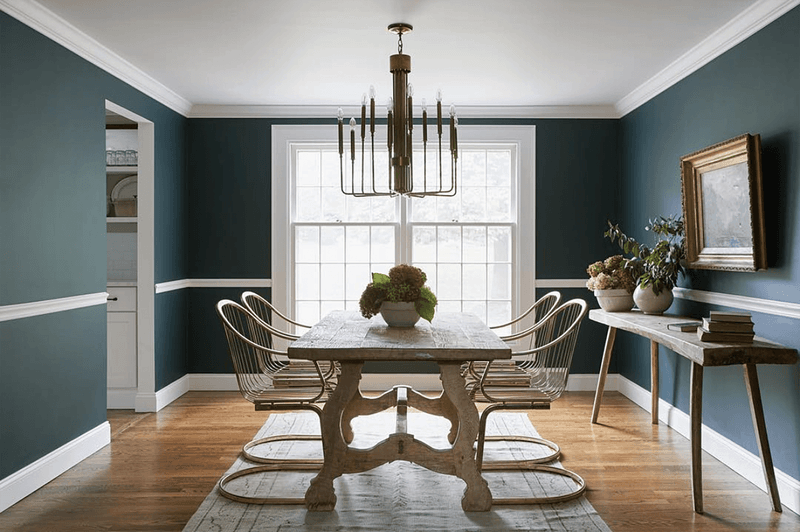
With housing prices skyrocketing, every square foot must justify its existence. A 200-square-foot room used ten days yearly represents thousands in mortgage dollars spent on emptiness.
Savvy homeowners are reclaiming this premium real estate for daily life. Young buyers openly mock listings touting formal dining rooms as selling points. “Where am I supposed to put my Peloton?” they ask, scrolling past colonial layouts.
10. The Great China Cabinet Extinction
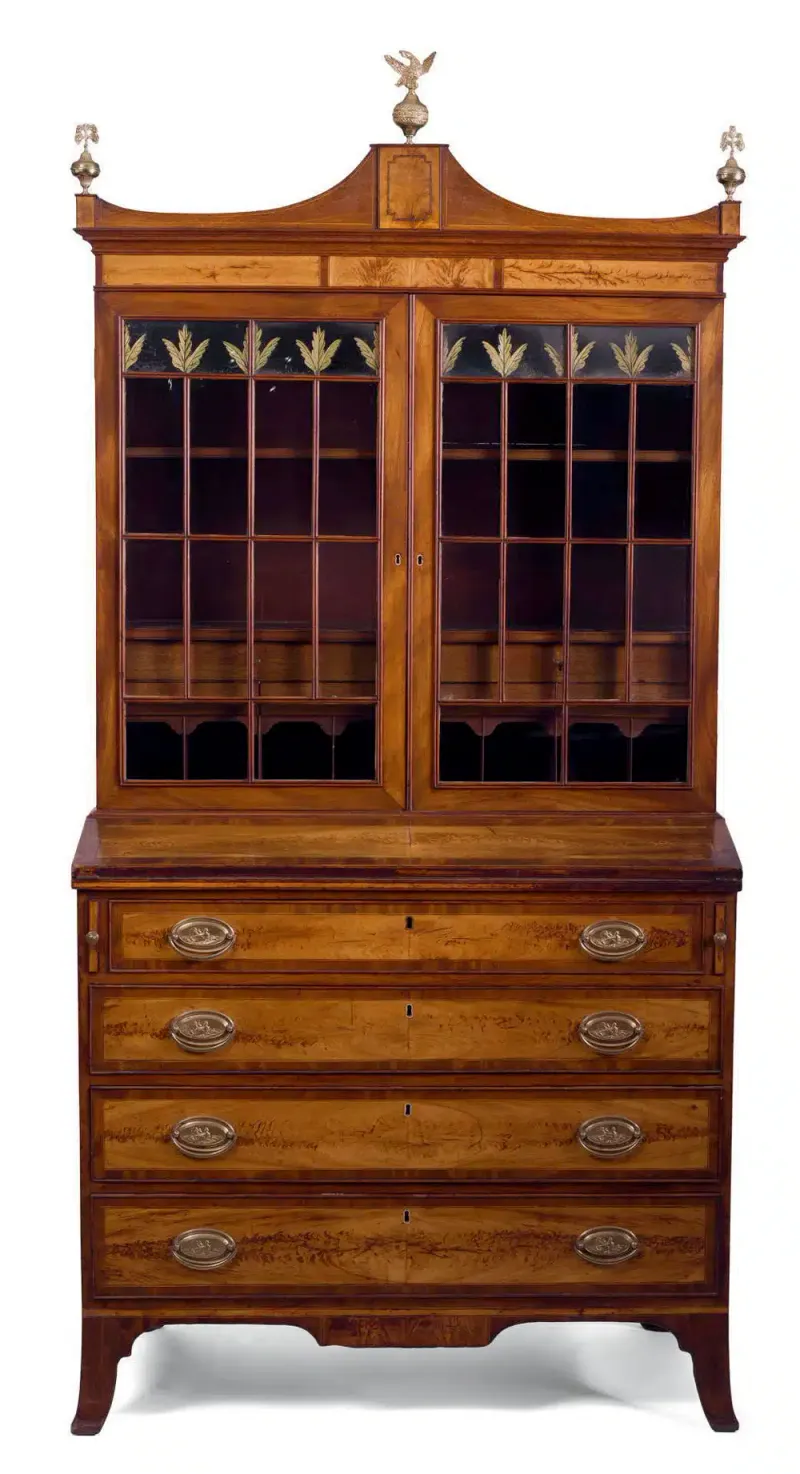
Millennials aren’t just killing napkins—they’re ending the china cabinet era too. Wedding registries now favor experiences over bone china that requires special storage furniture.
Without heirloom dishes needing display, the dining room loses its museum function. Modern entertaining favors durable, dishwasher-safe pieces that transition from breakfast to dinner party. When nobody’s collecting teacups, who needs a cabinet dedicated to housing them?
11. Outdoor Dining Stole Our Hearts
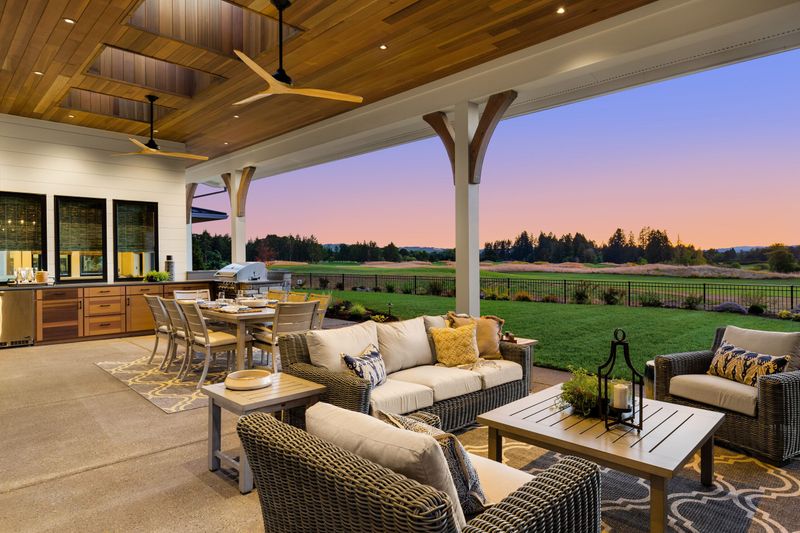
Patios and decks have become the new dining rooms, offering fresh air and natural ambiance no chandelier can match. Investments in outdoor kitchens and weather-resistant furniture reflect this permanent shift.
Climate concerns haven’t deterred this trend—heating elements and shade solutions extend outdoor dining seasons. The pandemic normalized eating outside, and we discovered we actually prefer it to stuffy indoor formality.
12. Social Media Made Casual Cool
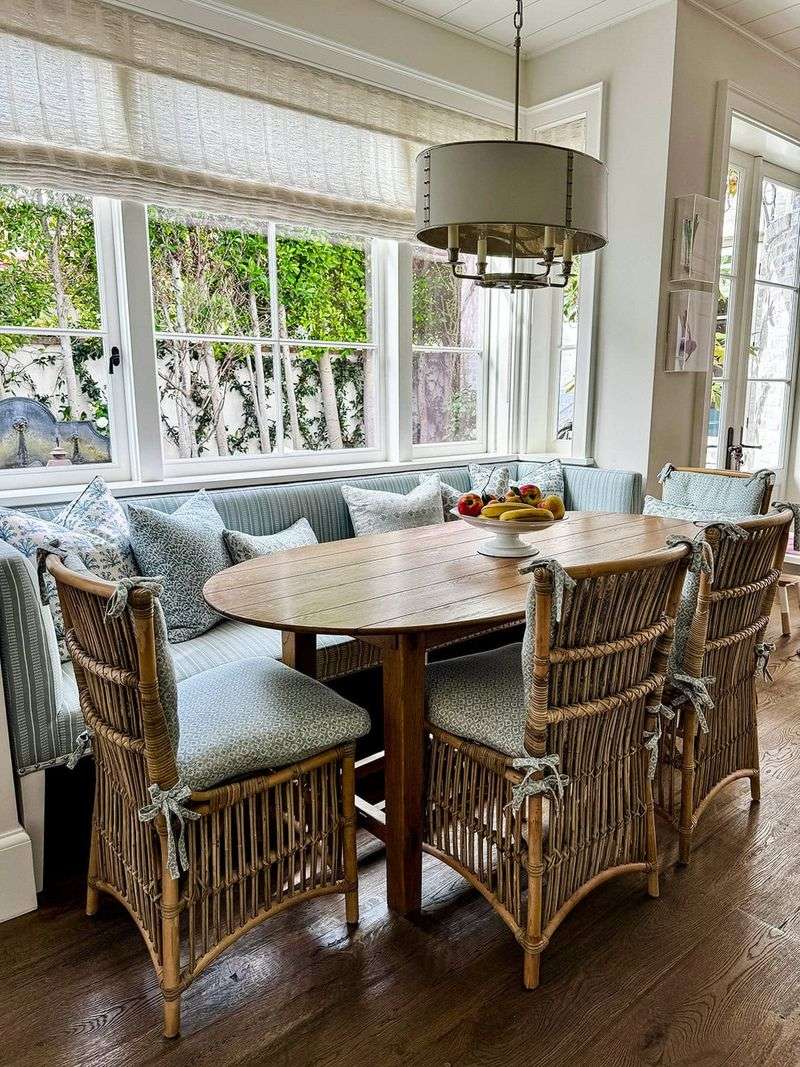
Instagram-worthy gatherings rarely happen in stiff dining rooms. The most-shared entertaining moments feature grazing tables, kitchen island buffets, and backyard pizza nights.
Formal dining rooms don’t photograph well for social media—they look staged rather than lived-in. Modern hosts seek spaces that feel authentic and spontaneous. The performative casualness of today’s entertaining culture has no patience for matching chair sets.
13. Delivery Apps Changed Dinner Forever

When dinner arrives in paper bags from five different restaurants to satisfy everyone’s cravings, the formal dining experience loses relevance. Family meals increasingly feature individualized options rather than a single shared entrée.
Eating from containers doesn’t mesh with fine china aesthetics. Casual dining spaces accommodate the messy reality of modern meal assembly. The ceremony of serving courses from matching serving dishes feels like a period drama.
14. Conversation Pits Made Comeback
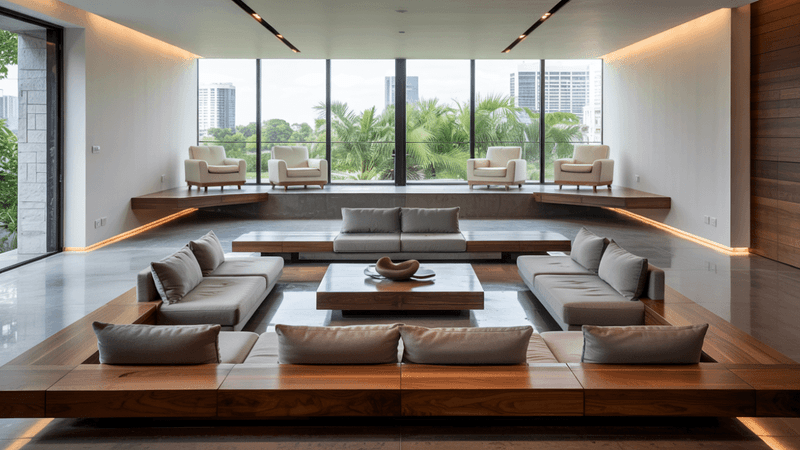
The retro conversation pit has returned with a vengeance, challenging both dining and living room conventions. These sunken seating areas prioritize face-to-face interaction without the formality of assigned seating.
Food becomes secondary to connection in these spaces. Designers report clients specifically requesting layouts that encourage mingling over dining. The strict separation between eating and socializing feels increasingly artificial to younger homeowners.
15. Minimalism Massacred Matched Sets
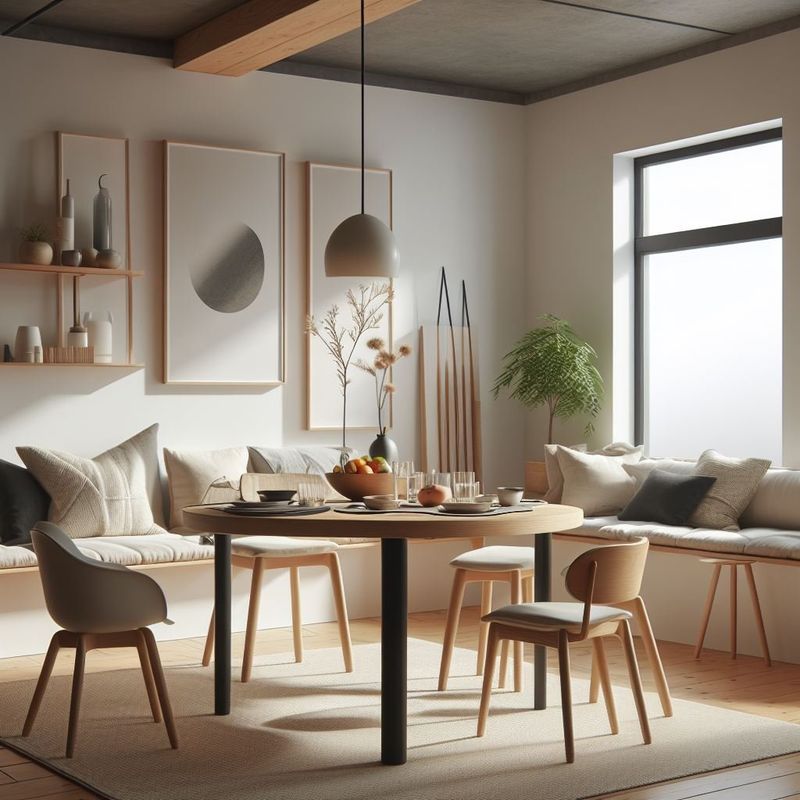
Marie Kondo has blood on her hands when it comes to formal dining sets. The minimalist movement taught homeowners to question possessions that don’t spark regular joy or serve frequent functions.
Hulking dining tables with matching chairs rarely survive this scrutiny. Even luxury homeowners now prefer curated, mix-and-match dining arrangements that feel collected rather than purchased as sets. The matching dining room suite has become the shoulder pad of home furnishings.
16. Holiday Hosting Got Real
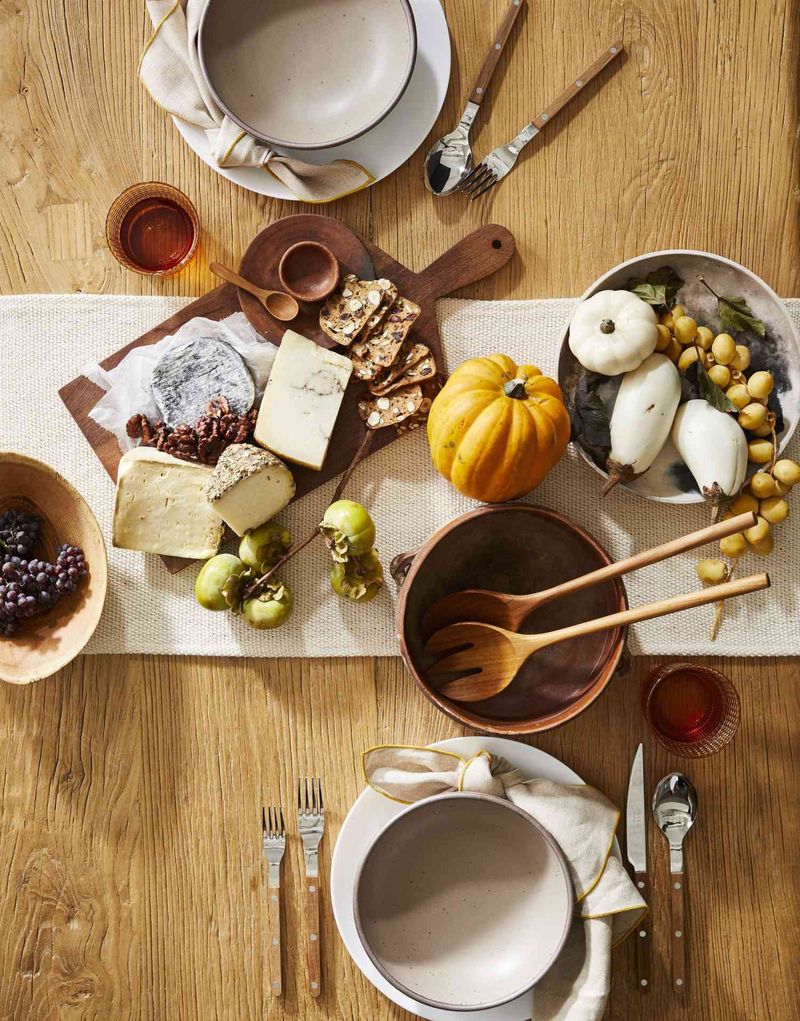
Even Thanksgiving dinner, the dining room’s last stronghold, has gone casual. Modern holiday hosting involves buffet-style service, mismatched chairs borrowed from throughout the house, and kids’ tables extending into adjacent rooms.
The fantasy of the Norman Rockwell dinner with everyone around one table has surrendered to practical constraints. Designers now create flexible spaces that expand for occasional large gatherings rather than maintaining permanent formal dining rooms.
17. Zoom Backgrounds Need Better PR
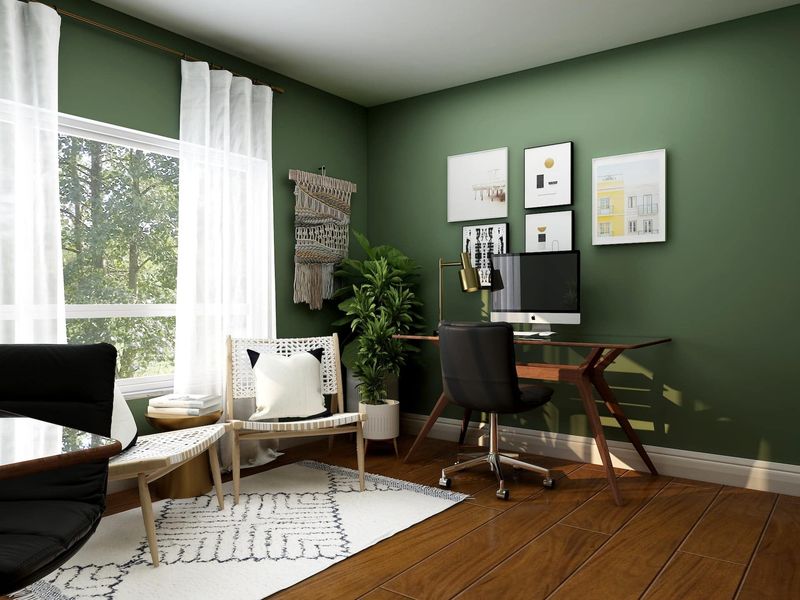
Video call culture created unexpected competition for dining room real estate. The wall behind your laptop suddenly became the most viewed part of your home, driving demand for attractive, well-lit backdrops.
Dining rooms with good natural light make excellent video call locations. Many homeowners have permanently repurposed these spaces as dedicated Zoom rooms with appropriate lighting and acoustics. When your colleagues see your home more than your dinner guests, priorities shift accordingly.

